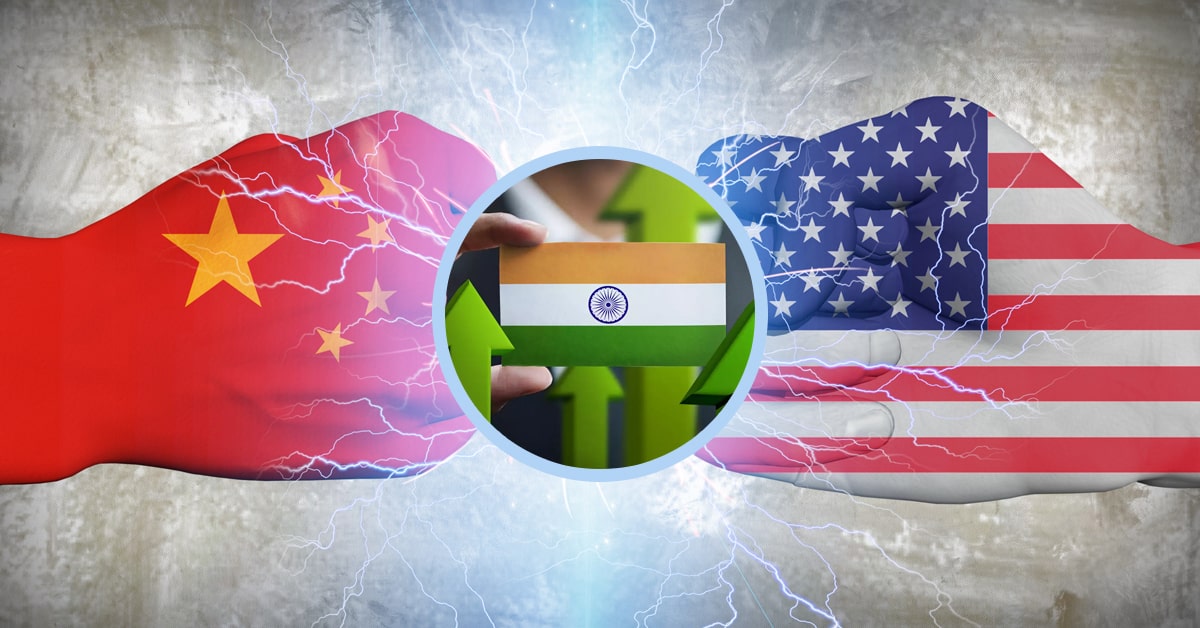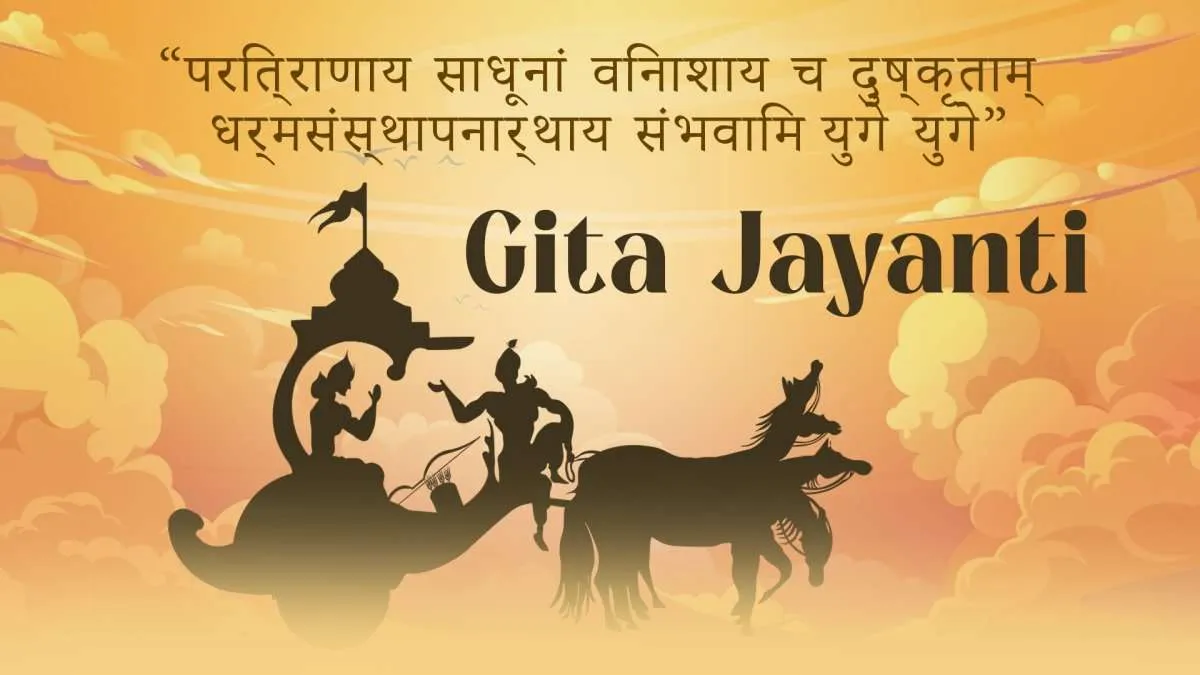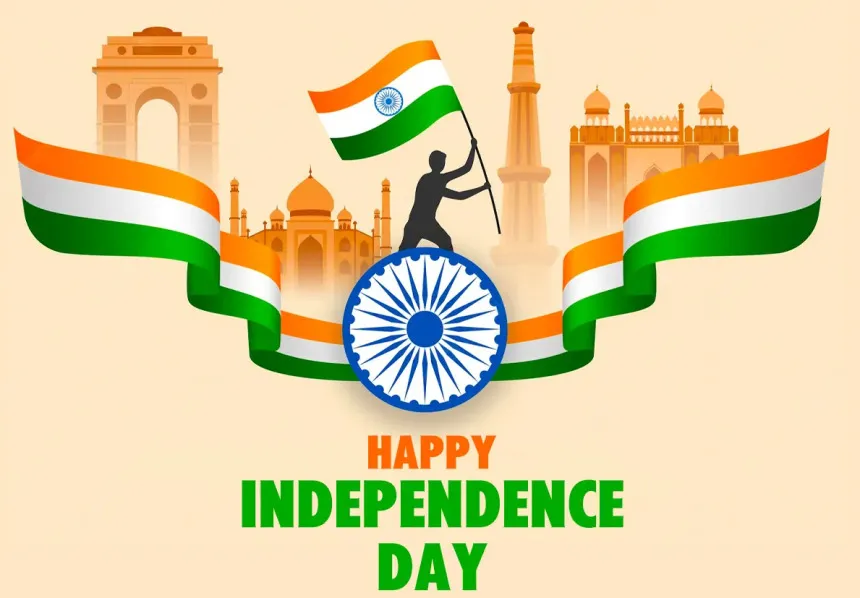The rivalry between the United States and China is no longer a quiet contest—it’s an open, global competition shaping trade, technology, military strategy, and alliances. For India, this evolving standoff is more than just world news; it’s a strategic tightrope that influences everything from diplomacy to defence.
As the two superpowers face off, India finds itself in a unique position—not a direct participant, but an unavoidable stakeholder.
So what exactly do US-China tensions mean for India’s foreign policy, economy, defence posture, and global strategy in 2025? Let’s break it down.
🧭 1. Strategic Opportunity in the Indo-Pacific
One of the biggest battlegrounds for US-China rivalry is the Indo-Pacific region, and India is right at the centre of it.
How India Benefits:
The US is deepening strategic ties with India to counterbalance China’s growing assertiveness in the South China Sea and Indian Ocean.
The Quadrilateral Security Dialogue (QUAD)—involving the US, India, Japan, and Australia—has gained strength with increased military exercises, joint naval drills, and technology cooperation.
India has access to defence tech, intelligence sharing, and maritime surveillance support from the West.
India is becoming a regional power balancing China, while avoiding direct confrontation.
📈 2. Economic Decoupling and Trade Shifts
As the US pushes for decoupling from Chinese supply chains, and imposes tariffs and tech bans, global trade is realigning.
What It Means for India:
New manufacturing opportunities: Global companies looking to shift away from China are considering India as a top alternative for electronics, pharmaceuticals, and semiconductors.
India has launched initiatives like ‘Make in India’, PLI schemes, and ‘China+1’ strategies to attract these investments.
However, India also has deep trade ties with China, with over $100 billion in bilateral trade (2024). So, a complete decoupling is complex.
⚠️ Challenge: India must balance trade realignment while not completely severing ties with its largest import partner.
🛡️ 3. Defence Preparedness and Border Vigilance
China’s growing aggression—especially along the LAC (Line of Actual Control)—means India must stay militarily alert.
Effects of US-China tensions:
India boosts defence purchases from the US (e.g., drones, fighter jets, naval equipment).
Joint exercises like Malabar signal India’s alignment with Western security objectives.
A stronger US stance on China emboldens India diplomatically in border standoffs.
🔎 Example: After the Galwan clash (2020), India took stronger countermeasures, partly bolstered by Western diplomatic support.
📡 4. Tech Wars and Digital Diplomacy
The US-China tech rivalry (over 5G, semiconductors, AI) is reshaping global tech alliances.
India’s Position:
India banned over 100 Chinese apps and restricted Huawei from the 5G rollout, aligning subtly with US tech policy.
India is investing in local chip manufacturing, AI research, and space tech—often with Western partnerships.
But India must also safeguard digital sovereignty, avoiding full dependence on any one bloc.
💡 India can become a neutral digital hub, offering alternatives to both Chinese and Western platforms, if managed wisely.
🌐 5. Diplomatic Balancing Act
India follows a multi-alignment strategy—engaging with both the US and China when beneficial.
Diplomatic Moves:
India is part of the BRICS and the SCO, where it regularly engages with China and Russia.
Simultaneously, it strengthens its G20, Quad, and I2U2 (India-Israel-UAE-USA) groupings.
⚖️ The key challenge: Avoid becoming a pawn in great power politics while leveraging both partnerships for national interest.
India’s foreign policy is increasingly flexible, interest-driven, and assertive, especially under the current leadership.
🛢️ 6. Supply Chain Realignment & Rare Earths
As the US moves to reduce dependency on China for critical minerals, semiconductors, and pharmaceuticals…
India’s Window:
Opportunity to build trusted supply chain networks with like-minded countries (e.g., Australia, Japan, the US).
Potential to develop its own rare earth industry as a counterbalance to Chinese dominance.
India is part of the Indo-Pacific Economic Framework (IPEF) to shape new trade rules.
📦 In the post-pandemic world, resilient supply chains are the new gold, and India wants a central seat at the table.
🇮🇳 7. Domestic Political & Public Opinion
US-China tensions often spill into Indian public discourse, with increasing nationalism and security concerns.
Public sentiment against China remains high post-Galwan.
Strategic agreements with the US often receive wide domestic support, especially around tech, defence, and counter-terrorism.
Political narratives use the rivalry to highlight India’s “sovereign yet rising” global position.
📢 This has shaped policy decisions like FDI restrictions on Chinese firms and more support for Indian startups.
🔮 8. What Lies Ahead: Risks & Rewards
Opportunities for India:
Position itself as a key global player in a multipolar world
Attract manufacturing and tech investments, leaving China
Gain greater diplomatic leverage on global issues like climate, cybersecurity, and counterterrorism
Risks India Must Manage:
Escalating tensions could force India to choose sides, risking the loss of strategic autonomy
Overreliance on US tech/defence could reduce policy independence
A sudden US-China thaw could leave India isolated if not diplomatically agile
🧠 Strategic foresight and diplomatic nuance are essential for India to maximise gains while avoiding entanglement.
✅ Final Thoughts: Walking the Tightrope
India’s position in the US-China power struggle is that of a balancer, not a follower.
The country is playing a high-stakes game—strengthening ties with the West without pushing China into further hostility.
By maintaining:
A clear strategic vision
Diverse economic alliances
Strong domestic capabilities
And a flexible foreign policy
…India can convert the US-China rivalry into a decade of diplomatic and economic opportunity.
The world is watching. And so is India—cautiously, confidently, and independently.
📌 Related Posts
“How Global Elections Are Influencing Indian Foreign Policy”













Recent Comments
No comments yet.